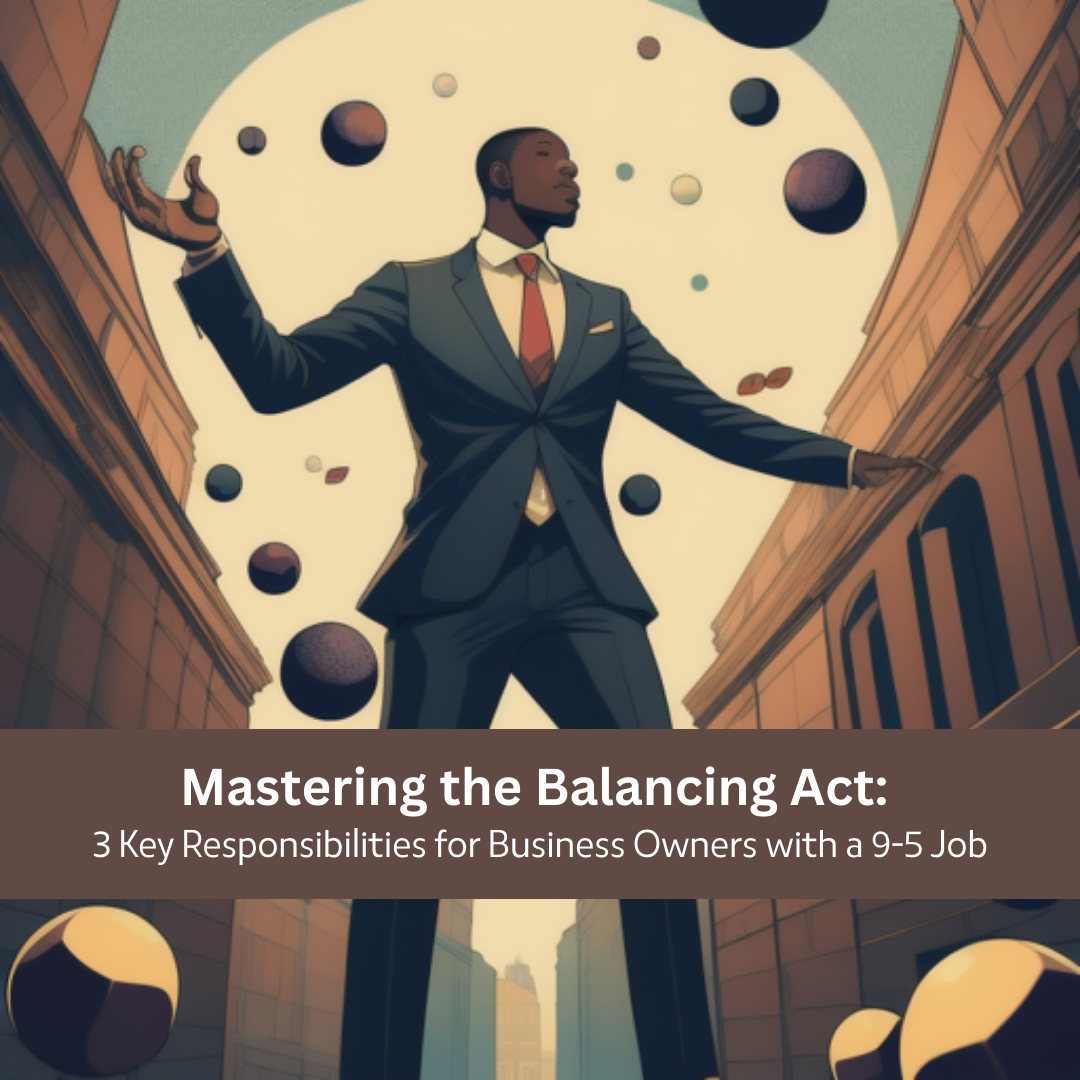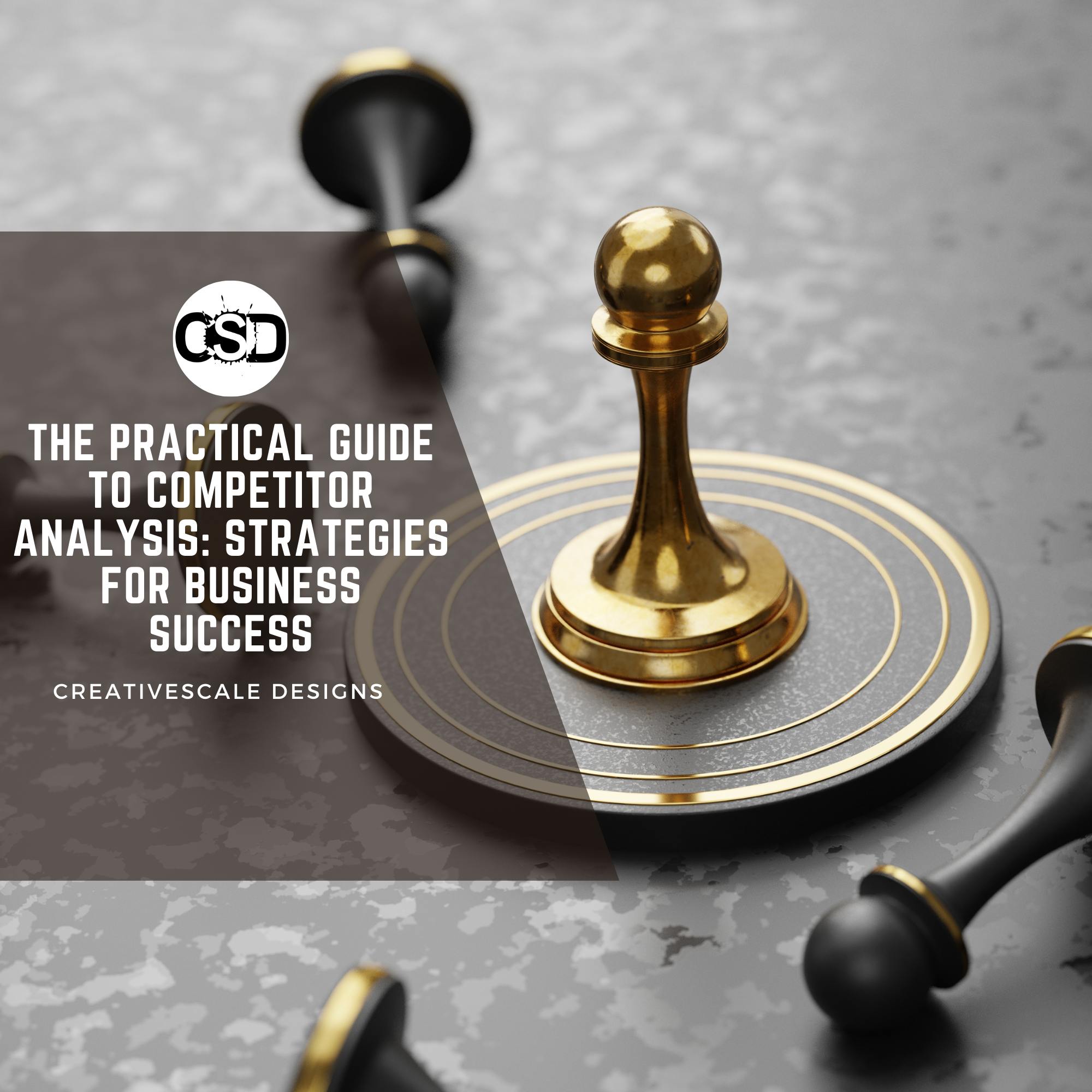Very well thought out business has a document plan or process that helps manage workflows and marketing strategies. This is also true for being a creative designer whichever industry you are in. Having your own Creative Process that is documented can help you track your progress within your project life cycle. This can also be important for your client to know so they can also track the same.
In this post, I wanted to share my creative process when I design for my clients. I have established my routine and created a flowchart for myself as you see below. I will describe each stage in detail to provide a view of my workflow.

Start
This is for when a potential client has met me in passing, has been referred to me by a friend or has seen my work online. That first email or direct message is very important. This is your chance to make your new potential client confident that you are knowledgeable and a chance to build trust. Always keep this contact professional and friendly.
Consulting
After you have made that initial connection and you are awarded the project it is time to discuss the project goals. This is also when you want to forward any agreements you have and where you will possibly sign non-disclosure agreements. Here it is important to gather all of the client’s requirements, their goals and time constraints. Take as many notes and ask the necessary questions to nothing to confusion. Here you will build a timeline for the project and the amount you will charge for that project.
Here you want to make clear how you will receive payments. You have designers that price based on the project. Then you have others that charge by the hour. Either way, you want to ensure the client knows how much you charge and how and when the payment will be made.
Planning/Research
Now I move to the Planning/Research stage. During your discussion, you should have gone over when the project deadline. Now it time to plan how many hours you will set aside daily to work the project. This is very important if you are charging hourly for the project so you can keep track. You will need to know what materials and software that would be appropriate for the project.
Also in this stage, I am doing research based on the project. If I am designing a logo I am researching the client’s company and their audience, looking for inspiration from other artwork, and researching the companies competition. I will compile all of this information to help in planning for the logo design. You will do the same in your respective field if applicable.
Brainstorming
I am usually brainstorming ideas while I am researching but I think this step is important on its own. Here I am brainstorming clever ideas, word associations, symbols, relevant colors, and anything that will help in the design. Whatever your project be sure to take time gather your thoughts wherever you go.
Sketching
At this stage, I have my pad and pencil handy. Sketching drafts so that you can plan what elements you want to include and establish placement. This step is important even if you are not an artist. I often keep my client up to date with a good sketch to let the client so my thoughts and give them a chance to give their thoughts before I start creating a digital design. For me, this helps mitigate the number of revisions that could take place when we are closer to the project finish.
Digital Translation
When my client has agreed to a good sketch I have provided then I am ready to create my design in Adobe. Here I plan how I am going to create the design. If I need to look up any specific techniques I will look up how to do this at this time. There are times when I have a good enough sketch where I can scan my drawing to my computer and trace it in Adobe.
Style
Once I have a good draft in digital format from here I will look for ways to style the design to fit the needs of the client. This can include a wide variety of improvements. This is a crucial stage and depending you want to be sure the end result communicates the right message to the client’s audience.
Testing
I did not add this step in my flowchart above but it is important to note that in website creation you have to test your website. Make sure your website performs well on multiple browsers and is secure.
Finish
At this point, I will present to the customer the final product. Usually by this time the client has already seen the design and will await any final touch-ups. Once finished I will provide the design in the intended format depending on what the design is being used for.
This is how business is handled at Creativescale Designs. For now, this workflow fits for any design I will do in the future. Is your workflow similar to mine?
Enjoy.


